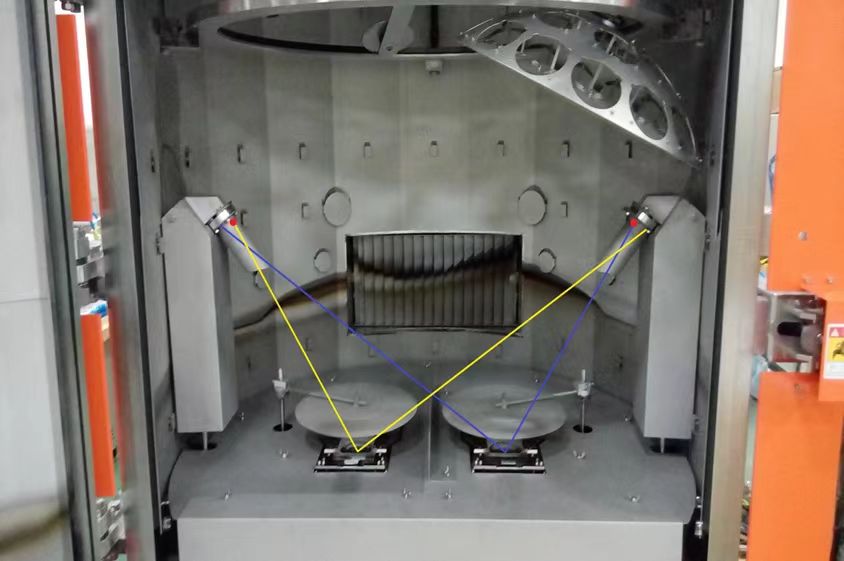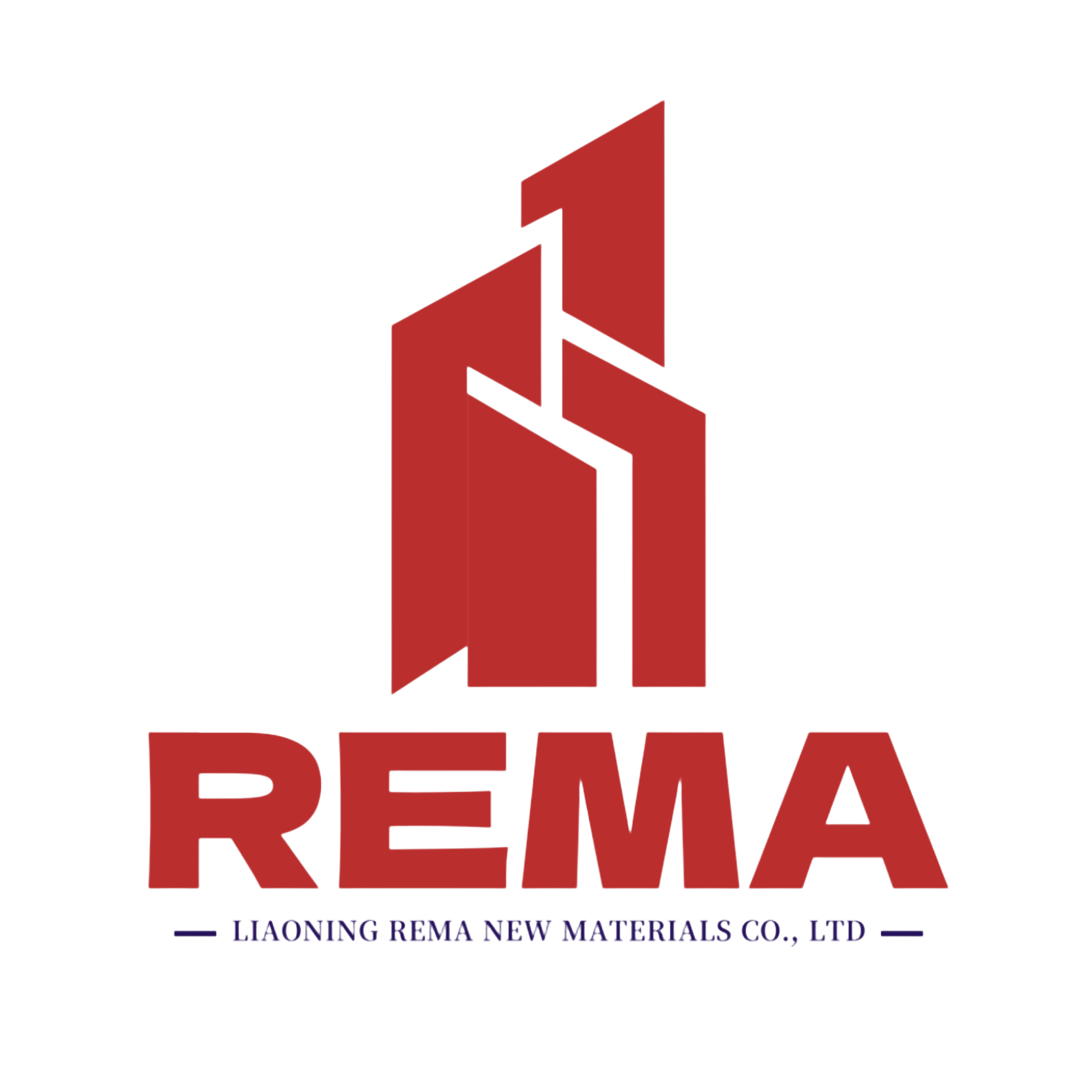
Infrared emitters for semiconductor industry
2025-01-03 13:58
The semiconductor industry has extremely high requirements for production environment and process, and some links in the chip manufacturing process require precise heating and drying. Infrared emitters are gradually being widely used in the semiconductor industry due to their unique performance advantages.
Equipment selection A well-known semiconductor manufacturer has selected professional Infrared emitters heating equipment in the back-end process of chip manufacturing. The equipment uses high-quality quartz lamps to provide stable and uniform infrared radiation.
According to different process requirements, the company selected Infrared emitters of different powers and wavelengths. For example, for some links that require low-temperature drying, a far-infrared quartz lamp with a longer wavelength is selected; for links that require rapid heating, a short wave infrared lamp with a shorter wavelength is selected.
During the chip packaging process, the glue needs to be cured. Place the chip to be cured on a specific workbench and turn on the quartz infrared lamp. By adjusting the distance and power of the lamp, controlling the heating temperature and time, the glue can be cured quickly and evenly.
After the semiconductor wafer is cleaned, it needs to be dried. The radiant heat of the quartz infrared lamp is used to quickly evaporate the moisture on the surface of the wafer while avoiding damage to the wafer. The operator can adjust the irradiation angle and intensity of the quartz infrared lamp according to the size and material of the wafer to ensure the drying effect.
After using infrared heating tube, the company's production efficiency in chip packaging and wafer drying has been significantly improved. Compared with traditional heating methods, infrared heating tube can reach the required temperature in a shorter time, greatly shortening the process cycle.
Product quality has also been improved. Since quartz infrared lamps heat evenly, they can avoid local overheating or uneven temperature, thereby reducing defects in chip packaging and water stains during wafer drying.
